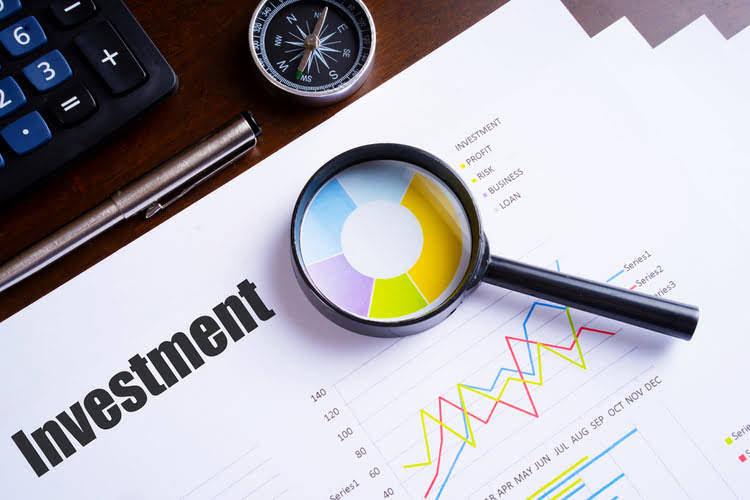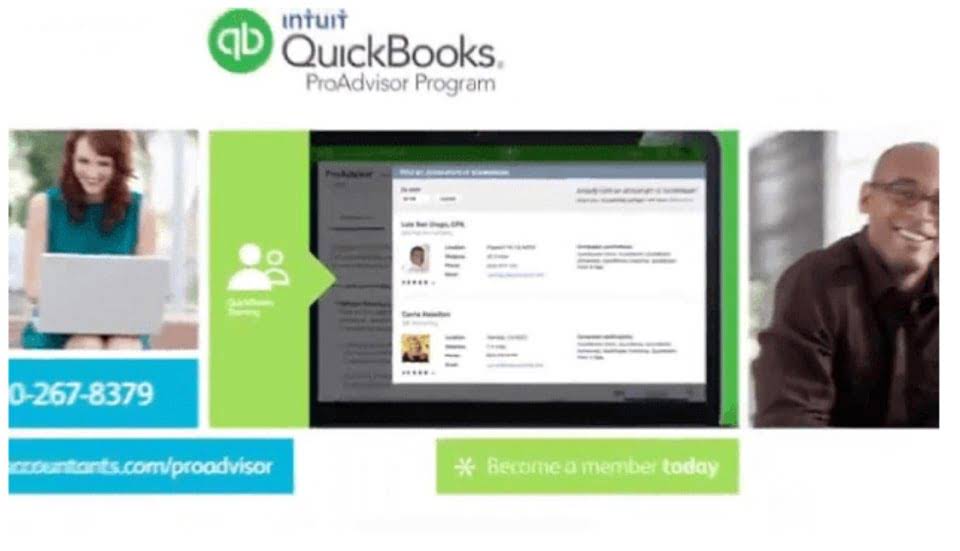Bookkeeping
How Do You Read a Balance Sheet?

Angela has used and tested various accounting software packages; she is Xero certified and a QuickBooks ProAdvisor. Experienced in using Excel spreadsheets for her bookkeeping needs and created a collection of user-friendly templates designed specifically for small businesses. This section reports cash changes resulting from transactions with lenders and owners.
- The choice of accounting method also affects the values reported for assets, liabilities, and owners’ equities in the balance sheet.
- If you are new to HBS Online, you will be required to set up an account before enrolling in the program of your choice.
- At the top of a balance sheet or any other financial report, you see a statement indicating that the numbers are in millions, thousands, or however the company decides to round the numbers.
- The only way to really understand the rules is to make accounting entries — over and over again.
- Examples include the debt ratio (total debt divided by total assets) and the debt-to-equity ratio (total debt divided by total equity).
Why Profit Spear for your Accounting services?

This means that the total amount of owners’ equity in the business is $1.5 million, which equals total assets less total liabilities. The total owners’ equity may be traceable to capital invested by the owners balance sheet for dummies in the business as well as profit retained in the business. They include cash, receivables, inventory, and short-term investments. The current assets are employed for running current operations and for maintaining adequate cash for meeting short-term liabilities.

How to read an income statement
The income statement is also referred to as a profit and loss statement. Watch out for sudden and significant changes in revenue, expenses, or profitability. Unexplained increases in debt or a continuous decline in cash flow could also indicate potential financial strain. Financial statements can be intimidating documents filled with numbers and technical jargon.

FAQs About Balance Sheets
This shows how much of the company belongs to its shareholders or owners. The Profit and Loss Statement or Income Statement shows a company’s income and expenses over a specific period, such as a month or year. The P&L can be used to see how your business is doing and whether it is making a profit or a loss. The three financial statements are the Balance Sheet, the Profit and Loss Statement, and the Cash Flow Statement. A Balance Sheet is an accounting report required by all companies registered at Companies House and is helpful for self-employed to see their financial health.
- Maintaining your business’s financial health is a key component of long-term success.
- Knowing the correct accounting terms and what they mean can make a world of difference when you’re deciphering financial statements and reports and determining profits and losses.
- It’s important to note that the balance sheet should always balance.
- Generally speaking, retailers have a higher ratio of sales to fixed assets than heavy equipment manufacturers and transportation companies (airlines, truckers, and so on).
- If you want to dive into creating financial statements, download our free financial statement templates to start practicing.
- After a while, using the rules becomes like tying your shoes — you do it without even thinking about it.
Importance of balance sheets and how to use them

All participants Accounting Security must be at least 18 years of age, proficient in English, and committed to learning and engaging with fellow participants throughout the program. Our easy online enrollment form is free, and no special documentation is required. All programs require the completion of a brief online enrollment form before payment.
Not all firms end their business year at the end of the calendar year, however. Many companies operate on a fiscal year instead, which means they pick a 12-month period that more accurately reflects their business cycles. Unlike a foreign language, however, a balance sheet is pretty easy to get a fix on as soon as you figure out a few basics. If he could convert some of that inventory to cash, he could improve his ability to pay of debt quickly in an emergency. He may want to take a look at his inventory, and see what he can liquidate. Maybe he’s got shelves full of books that have been gathering dust for years.
Accounting tips for business managers

This can help you with budgeting, planning for future expenses, and setting financial goals. With a greater understanding of a balance sheet and how it is constructed, we can review some techniques used to analyze the information contained within a balance sheet. As you fixed assets can see from the balance sheet above, Walmart had a large cash position of $9 billion in 2025, and inventories valued at over $56.4 billion. This reflects the fact that Walmart is a big-box retailer with its many stores and online fulfillment centers stocked with thousands of items ready for sale. Both an annual and 10-K report can help you understand the financial health, status, and goals of a company. While the annual report offers something of a narrative element, including management’s vision for the company, the 10-K report reinforces and expands upon that narrative with more detail.
Classification of business transactions
- Continuing with this example, suppose that the total amount of the liabilities of the business is $1.0 million.
- Operating activities detail cash flow that’s generated once the company delivers its regular goods or services, and includes both revenue and expenses.
- Annie is able to cover all of her liabilities comfortably—until we take her equipment assets out of the picture.
- To do this, you will need to know your company’s current ratio and days cash on hand.
- You can also find detailed discussions of operations for the year, and a full analysis of the industry and marketplace.
- Again, shareholders’ equity is most useful when evaluating value stocks and comparing stocks’ valuations in similar industries.
It includes making and collecting loans, acquiring and disposing of investments and productive long-lived assets. Each of our examples of financial statements is taken from Xero, although other software will have very similar reports. These are long-term assets that cannot be readily converted into cash, like property, plant and equipment (PPE), and long-term investments.


